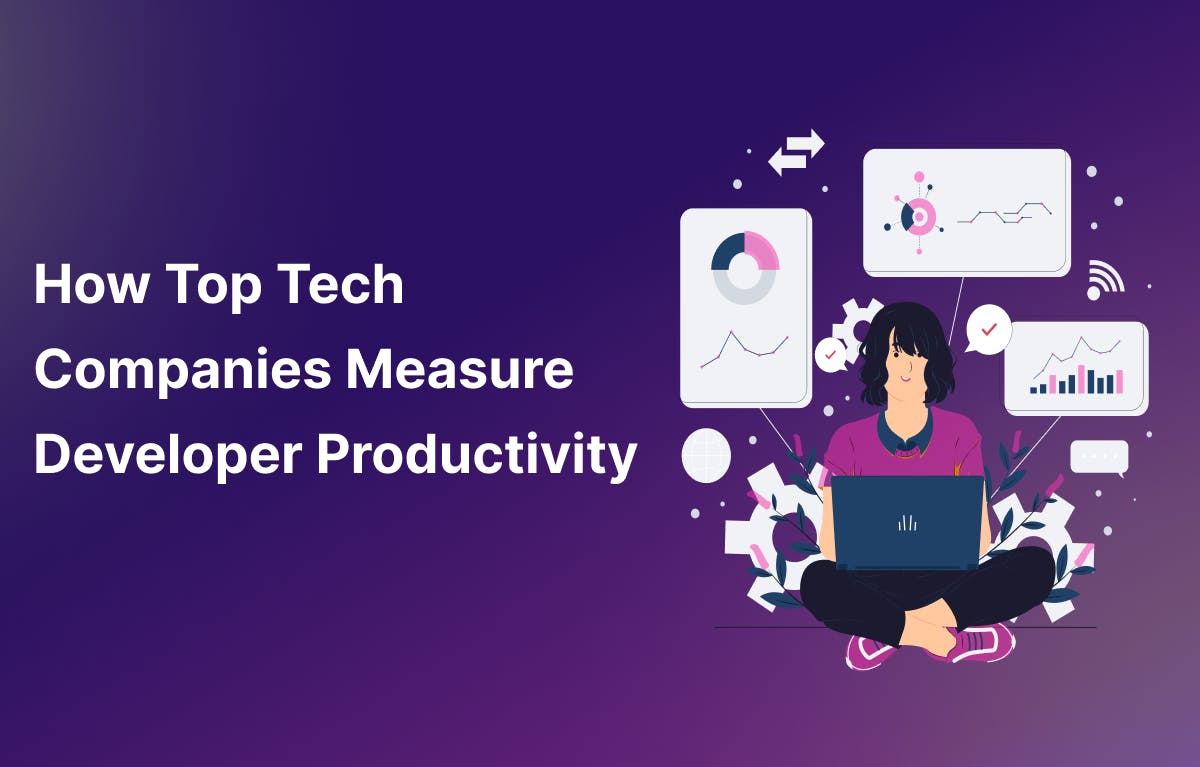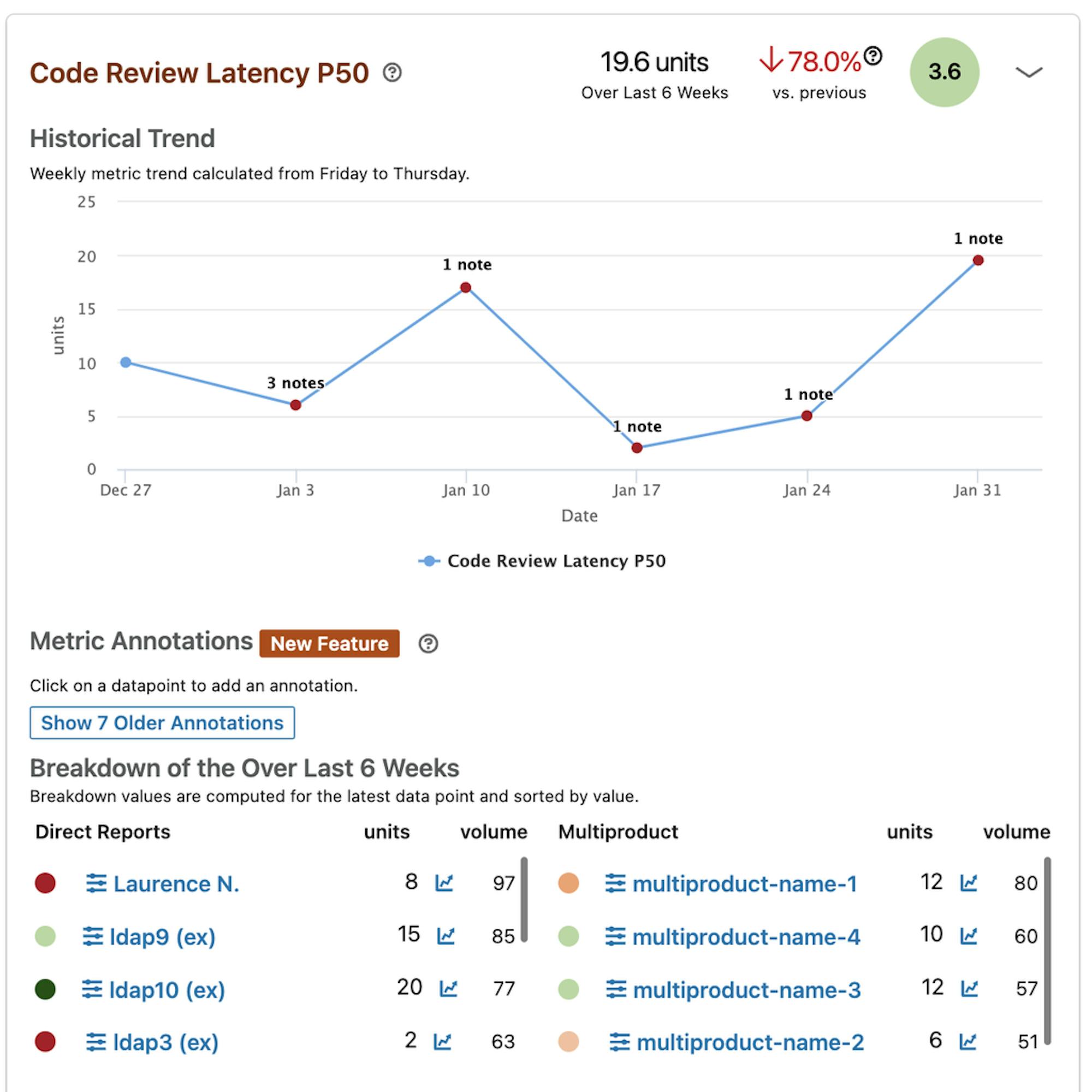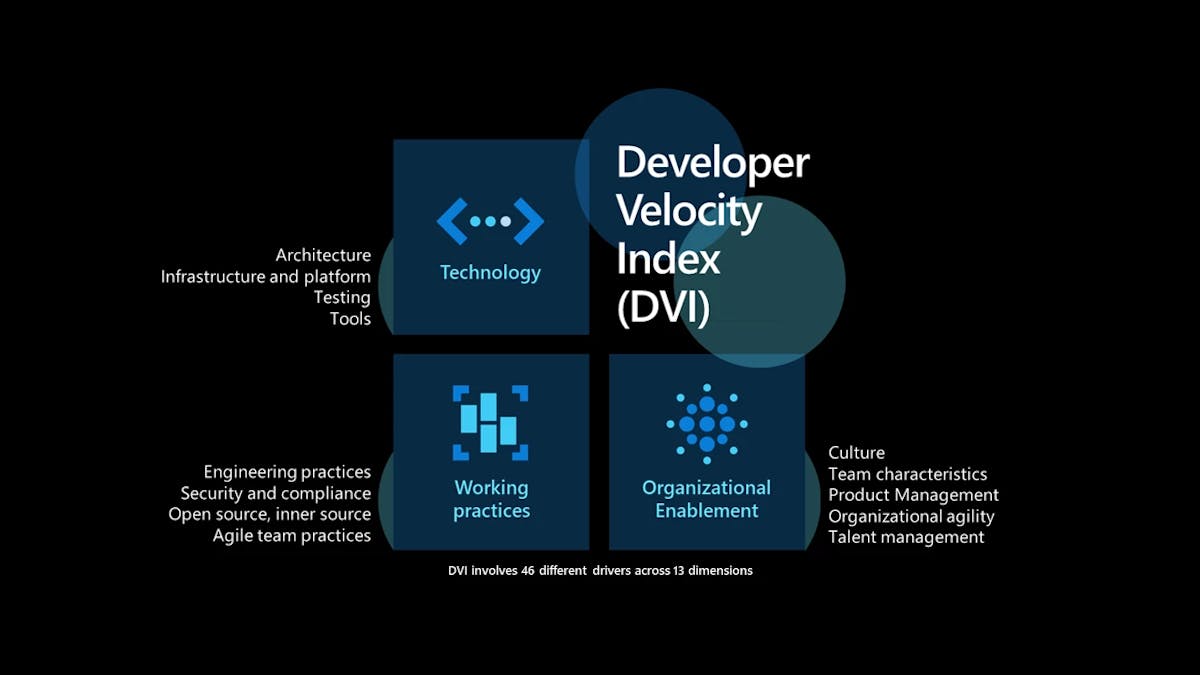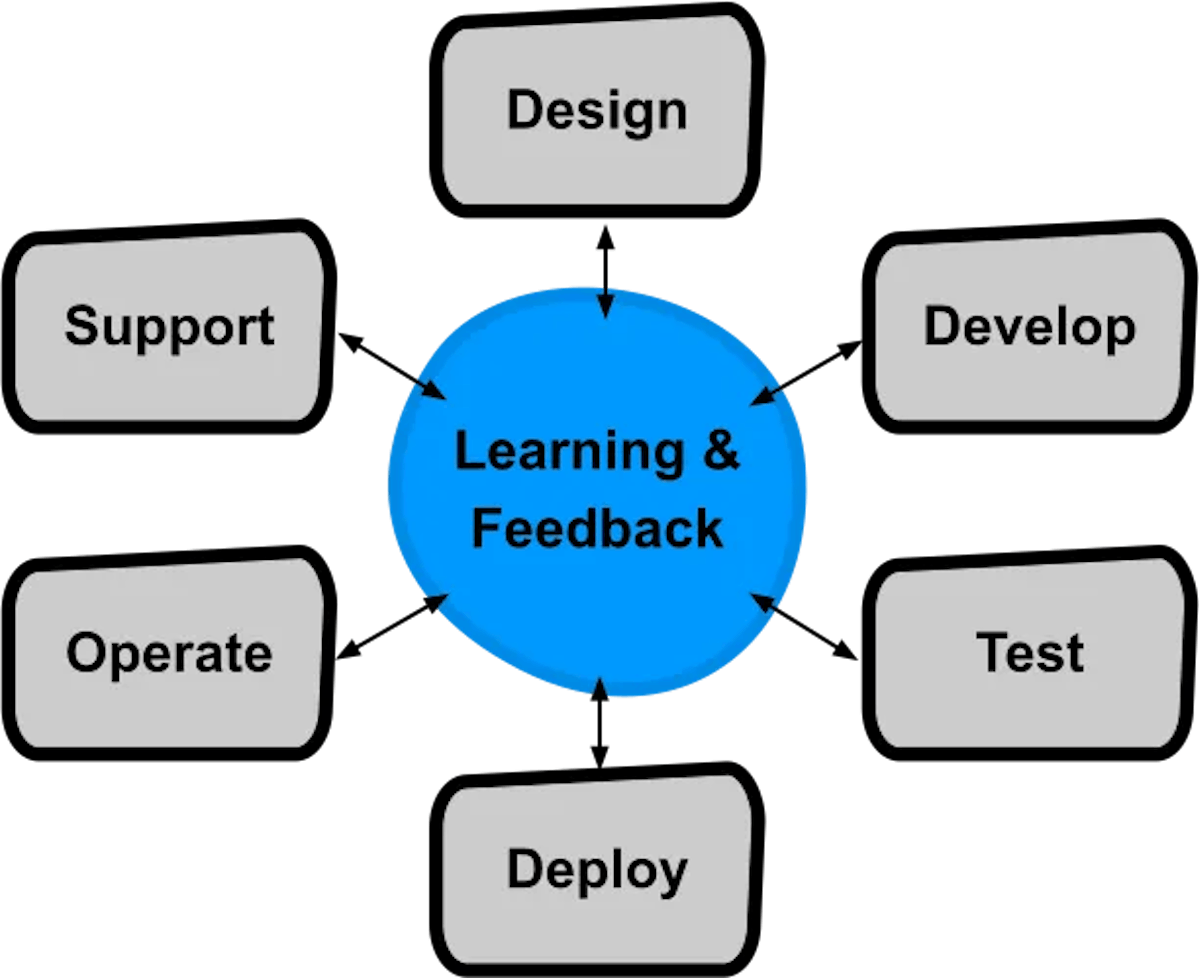If you're an engineering leader, you've probably wondered: how can we boost developer productivity and get the best results? And under certain uncertain circumstances, you might have still thought about how other top tech companies are measuring developer productivity within their teams. It is obvious to get frustrated when you struggle to identify the what, why, and how of a situation. Developer productivity is undoubtedly crucial—it's a critical link that drives our software delivery and, ultimately, our business success.
But measuring and improving developer productivity isn't easy. It takes a thorough approach that goes beyond just our team.
On one hand, it compels us to introspect, to analyze the inner workings of our engineering teams. Questions such as, “What are our current processes? Where are the bottlenecks? Are developers empowered with the right tools and resources? Are we measuring the right thing? Are we measuring it right?”
A realistic and practical approach demands we look beyond our walls. Though studying and researching how other engineering teams are facing the problem can be tedious and time-consuming, it gives you a fresh perspective into solving the challenges at hand.
To make this simpler for you, we researched how leading engineering teams at Google, Linkedin, Microsoft, and Netflix tackle the problem of lower developer productivity and overall dipping engineering efficiency and what they do to fix this.
In this blog, we have examined their best practices and learned from experiences that can help us pave the way for driving engineering excellence in other engineering teams. Let’s explore how leading tech companies approach, view, and measure developer productivity.
How Do Top Tech Companies Approach Developer Productivity?
We've all been there: doing too many things at once or multitasking on many levels feels undeniably productive. But high-performing engineering teams know there's a bigger picture. And to gain sight of the bigger picture, sometimes you have to look within. That is what these top-notch companies do. They focus on metrics that reflect the overall health and sturdiness of their engineering team, ensuring higher efficiency and improved effectiveness.
Frameworks like DORA Metrics and SPACE are accepted universally, offering a broader view of developer productivity. However, like many engineering teams, you might crave real-world applications and ask how these frameworks translate into action.
By peeking into the toolboxes of leading tech companies, we can help you by uncovering valuable insights and practical best practices that you can implement within your own engineering teams. So, let's dig in and see how the masters measure developer productivity!
1. Google: Data-Driven Optimization for Engineering Productivity
At Google, building things fast isn't the only goal. They focus on a smooth process where data helps developers work smarter, not harder. This happy, productive crew is a recipe for amazing, high-quality products for users delivered on time. Here’s how:
How Google Approaches Developer Productivity?
Google’s engineers excel at identifying bottlenecks and inefficiencies within the deployment pipeline. By addressing these issues, they ensure that every enhancement leads to a smoother, faster user experience. This user-centric approach guarantees that the final product is robust and seamless for users.
Google’s commitment to productivity is evident in its investment in cutting-edge tools and infrastructure. Engineers have access to advanced internal tools like code linters and automated testing frameworks, reducing manual workloads and ensuring high-quality code.
This access to superior tools elevates the overall quality of their products.
Google's prioritization of user experience ultimately extends to developer empowerment. Their intuitive internal tools enable developers to identify and resolve potential issues early in the development cycle. This results in cleaner, more user-friendly code, further fostering an environment where innovation and productivity thrive.
How Google Measures Developer Productivity?
Data is the lifeblood of Google’s engineering processes. Google transforms abstract goals into actionable insights using the Goals/Signals/Metrics (GSM) framework. For instance, they can spot improvement areas by tracking metrics like code review turnaround time. This constant feedback loop is similar to a coach analyzing an athlete's performance and making real-time adjustments to improve productivity and satisfaction.







